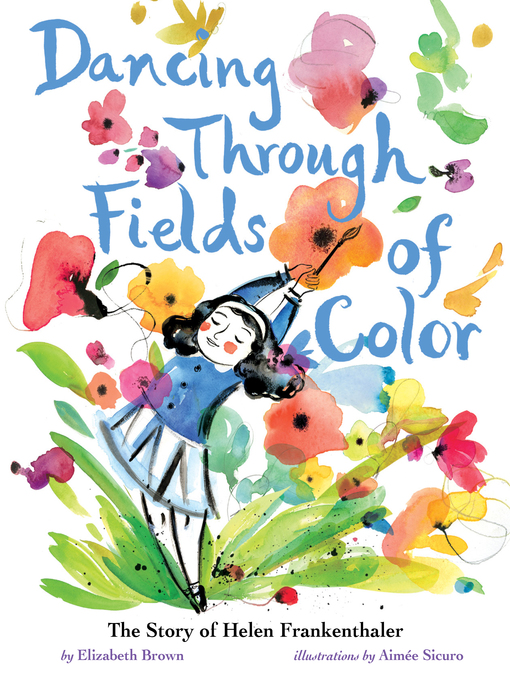They said only men could paint powerful pictures, but Helen Frankenthaler (1928-2011) splashed her way through the modern art world. Channeling deep emotion, Helen poured paint onto her canvas and danced with the colors to make art unlike anything anyone had ever seen. She used unique tools like mops and squeegees to push the paint around, to dazzling effects. Frankenthaler became an originator of the influential "Color Field" style of abstract expressionist painting with her "soak stain" technique, and her artwork continues to electrify new generations of artists today. Dancing Through Fields of Color discusses Frankenthaler's early life, how she used colors to express emotion, and how she overcame the male-dominated art world of the 1950s.
- All Fiction
- Military Fiction
- Historical Fiction
- Mystery & Thriller
- Romance
- See all fiction collections
- Arts & Crafts
- Fitness and Health
- Outdoor Recreation
- Biography & Memoir
- Business
- History
- All Nonfiction
- See all nonfiction collections




